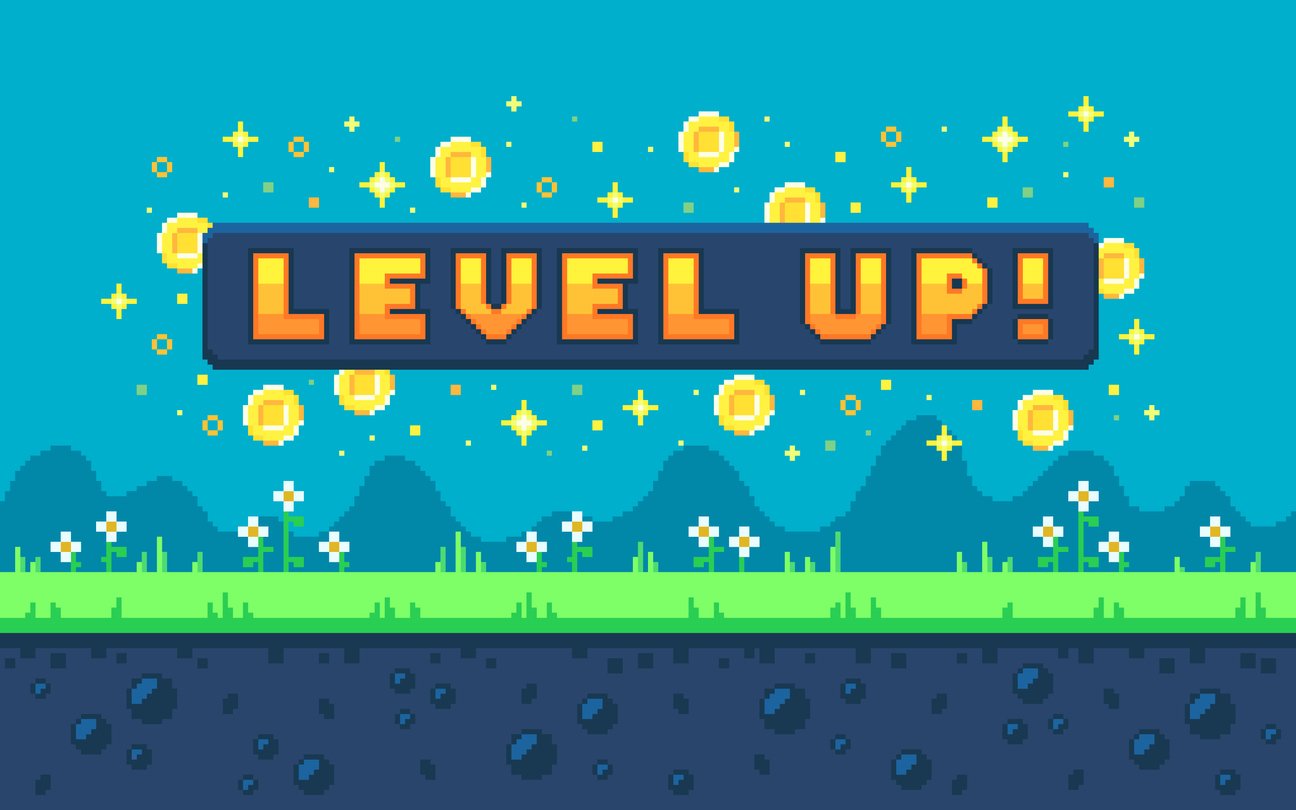
Keep employees sharp during tough times.
In times of economic uncertainty, some organizations decide to freeze hiring. This is a great way to save money for better days.
But the work doesn’t stop. Your business needs to keep running smoothly and hitting its targets. Performance issues might go unaddressed and build up. Without the option to hire new perspectives and skill sets, the future can feel daunting.
You might be thinking, “Surely, there’s another way,” and you’re right. Upskill and invest in your people. But how do you start?
Competency Model
First, figure out what “good” looks like for your people and your organization. What knowledge, skills, and attitudes does each role need to succeed? This is the foundation for competency modeling. It’s the destination on your upskilling roadmap.
You have a competency model? Great, here are some questions for you:
- When was the last time you looked at it?
- Is it clearly tied to your organization’s go-to-market strategy?
- Is it role- and level-specific?
- Do you have skills mapped to your competencies?
- Have you defined proficiency levels for each of those skills?
- Have you identified observable, measurable behavior statements that reflect the relevant proficiency level?
If you answered yes to all these questions, congratulations! You have a comprehensive competency model, you’re ready to move to the next step.
First, figure out what “good” looks like for your people and your organization.
Learning Blueprint
With your end goal in mind, you can now start plotting a course: mapping learning moments to your competency model.
Start with what people need to know and do to exhibit proficiency in a skill. And keep in mind, they don’t need to know and do everything, all at once – that’s an easy way to overwhelm your learners. If you teach everything, it’s too hard to distinguish what is most critical that your learners must get right from what is mundane.
How do we make that distinction? Priorities, with an eye on business impact:
- Common: What do your learners do every day? They have to get that right.
- Critical: What must your learners do right to be successful right now?
- Catastrophic: What must your learners do to prevent disaster? There are hundreds of buttons in a cockpit, only two will cause a crash. Teach those two buttons early and often.
Cross-reference these impactful topics with how complex the subject is to learn. Your top-priority topics are where high impact and complexity intersect. Put the most effort there.
These prioritized topics become the foundation for your learning journey. Meeting them requires a curriculum full of learning moments, beyond just formal training.
Start with what people need to know and do to exhibit proficiency in a skill.
Learning Program
A comprehensive, continuous learning model demands a holistic collection of learning moments beyond formal training. Growth toward competence doesn’t happen just by sending people to training sessions, your learners need more. The reasoning here is that training is not the same as learning. Learning involves doing, reflecting, and then doing again; training is simply the preparation for the doing.
With this in mind, your program should embrace these elements:
- Education: Traditional training, whether it’s in the classroom, virtual instructor-led sessions, eLearning, micro video, etc.
- Experience: Application and practice, which might be in a simulation, in a controlled real-world activity, or on the job.
- Exposure: Social learning, whether as part of a cohort of peers learning from each other, working with a coach or mentor who provides context and perspective, or attending fireside chats or expert panels to broaden horizons and learn new applications.
- Environment: Tools, templates, and infrastructure to facilitate learning over time and support at time of need, within the flow of real work.
Interlace these four components into a deliberate sequence to form learning journeys for each role.
Growth toward competence doesn’t happen just by sending people to training sessions, your learners need more.
The Way Forward
If you got this far, then you have a route and now can take inventory:
- What are the strongest existing learning materials that you can slot into your journeys immediately?
- What’s pretty good, and just needs some modification?
- What do you have to build from scratch or curate from another source?
- What do you have that no longer serves the organization or your learners?
With these defined, you’re ready to hit the road and build your upskilling curriculum. But don’t stop at building; you also need to roll out the program. You can have the greatest learning program in the world, but if your learners don’t know about it, don’t care about it, or can’t easily access it, none of this effort will matter.
Wherever you’re at in your journey, know that you’re doing a good thing for your organization — building a learning culture and empowering your people. Know that there will be a return on this investment. (More on this to come!)




